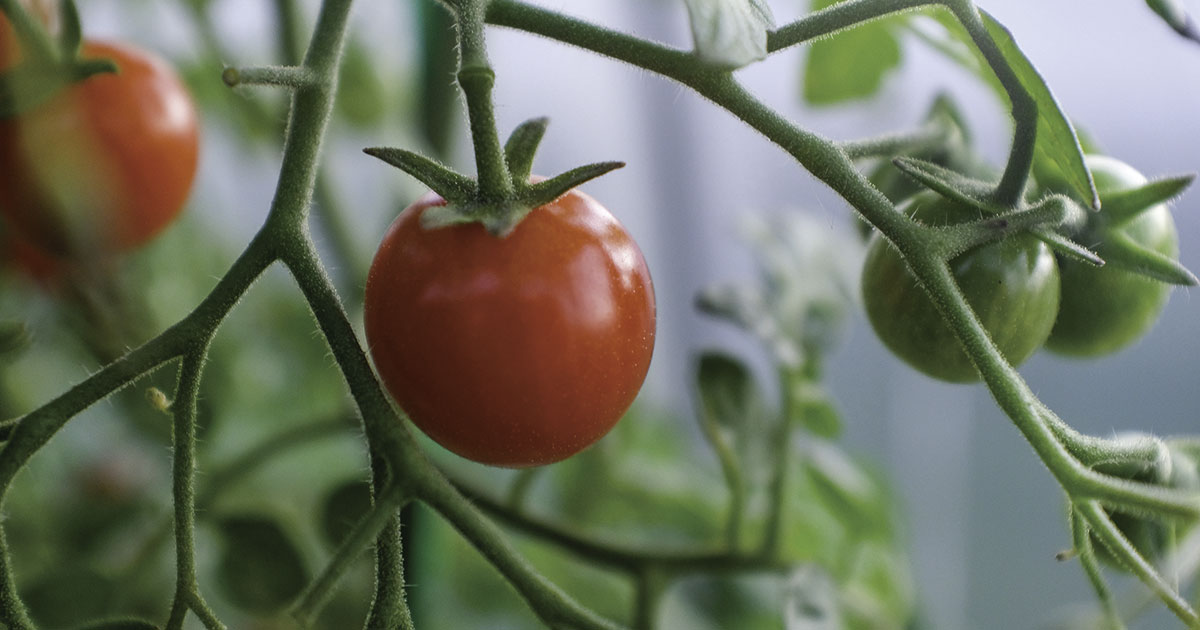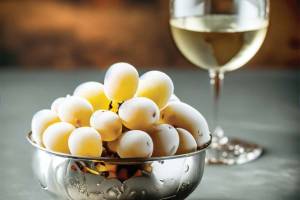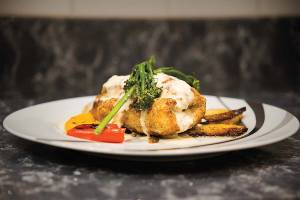By CRAIG THOMAS NAYLOR
My grandmother helped me plant my first garden. She set aside a square yard and guided my 5-year old hands as I planted radishes, lettuce, and a couple beans. We sprinkled the ground, and I sat there for an hour or so, waiting for the plants to come up. I was deeply disappointed when my folks came to pick me up, and they still hadn’t sprouted.
My grandmother’s beautiful garden was a long-awaited a dream come true.
Florence Roseborough was born in 1887 and grew up on a farm in Peterborough, Canada, about a hundred miles northeast of Toronto. She married my grandfather, and they moved to Regina, where my father was born.
Grandpa apprenticed to be a barber, but that opportunity fell through. They moved to Mission, British Columbia, and ran a truck farm. My father told vivid (and not necessarily happy) stories of hours picking raspberries, strawberries, and vegetables for market.
The Fraser River ran high in the spring of 1928, and the railroad bed separating it from their farm shifted one night. My grandparents packed everything up and moved to Los Angeles, where my grandfather again apprenticed as a barber.
The farm flooded a few days after they left. My father saw the barn rising out of the flood on a newsreel at the theater.
Grandpa rented a chair for a few years then bought his own shop in Santa Monica, at that time a small seacoast town with bean fields and cool ocean breezes.
The Great Depression made life hard. The family rented a home during the school year but had to vacate, so the East Coast owners could use it during the summer. My grandfather slept on a cot in his shop while my grandmother took my father and his sister up into the forest to camp. After WWII, they bought a duplex and, a few years later, a home on the north part of Santa Monica, where my grandmother had her magnificent garden.
She’d waited her life for such an opportunity. Her two-thousand square feet was filled with beets, lettuce, radishes, corn, squash, and tomatoes. What they couldn’t eat fresh, she canned and stored in a cellar under the house.
Santa Monica at that time was a haven for African Americans escaping Jim Crow, Japanese Americans returning from the WWII concentration camps, Mexican descendants, many of whom could trace their heritage in Southern California back centuries, and white Midwesterners escaping the winters of Minnesota (like my mother) and other nearby states.
The Great Depression impacted them all. Growing at least some of your own food was a part of life carried down from when the next meal was never guaranteed. Gardens were everywhere, and the bounty of fruits and vegetables were shared among friends and neighbors. Peaches, apricots, plums, corn, tomatoes, zucchini, grapes, figs, avocados (shopping bags full), pickling cucumbers—the cornucopia seemed endless.
I continued my gardening adventures as I grew and accepted the fact that seeds do not sprout the same day they’re planted. I even earned the Gardening and Corn Farming merit badges in Boy Scouts, even though I lived in Santa Monica, which by this time was a bustling city.
My wife and I continue this tradition near Kalispell, Mont., with our thousand-square-foot garden and orchard of 60 heirloom apple, peach, apricot, cherry (both pie and sweet), and mulberry trees.
But one lesson from my grandmother brings her to mind each summer. She taught me to trim the leaves off my tomato plants. “It opens the plant to air, helps prevent disease, and opens the flowers for pollination.” I remember her looking at me, clippers in hand, and asking, “You want to know how I learned this?”
Of course, I did.
“When we had the farm in British Columbia we hired a Japanese man, a first-generation immigrant who spoke little English. Your grandfather and I went to town one day, and when we returned, the tomato plants stood naked as a newborn baby’s behind. I was livid. ‘You killed my plants!’ I yelled. He gestured to the stalks and, in his broken English, said, ‘Big crop. Patience. You wait and see.’
“Well, I’ll be darned, but we had the most magnificent tomato crop ever.” She bent down and cut a few tomato leaves, “And I’ve done it ever since.”
My grandmother and I were close. Her peanut butter cookies, the ones with the cross-top pattern made with a fork, were to die for. After my grandfather passed and she moved to a retirement community, my parents would drop me off for an occasional weekend. We’d read books, talk, take walks, and just enjoy each other’s company. She kept a few tomatoes on her porch and, as always, trimmed the leaves.
She passed away when she was 80 and I was 13, a heart attack after attending a family birthday party. She went quickly and gracefully.
And now, scissors in hand, I think of her and how, with each new year and each new garden, with each snip and falling tomato leaf, her memory grows ever more vivid and precious. MSN










